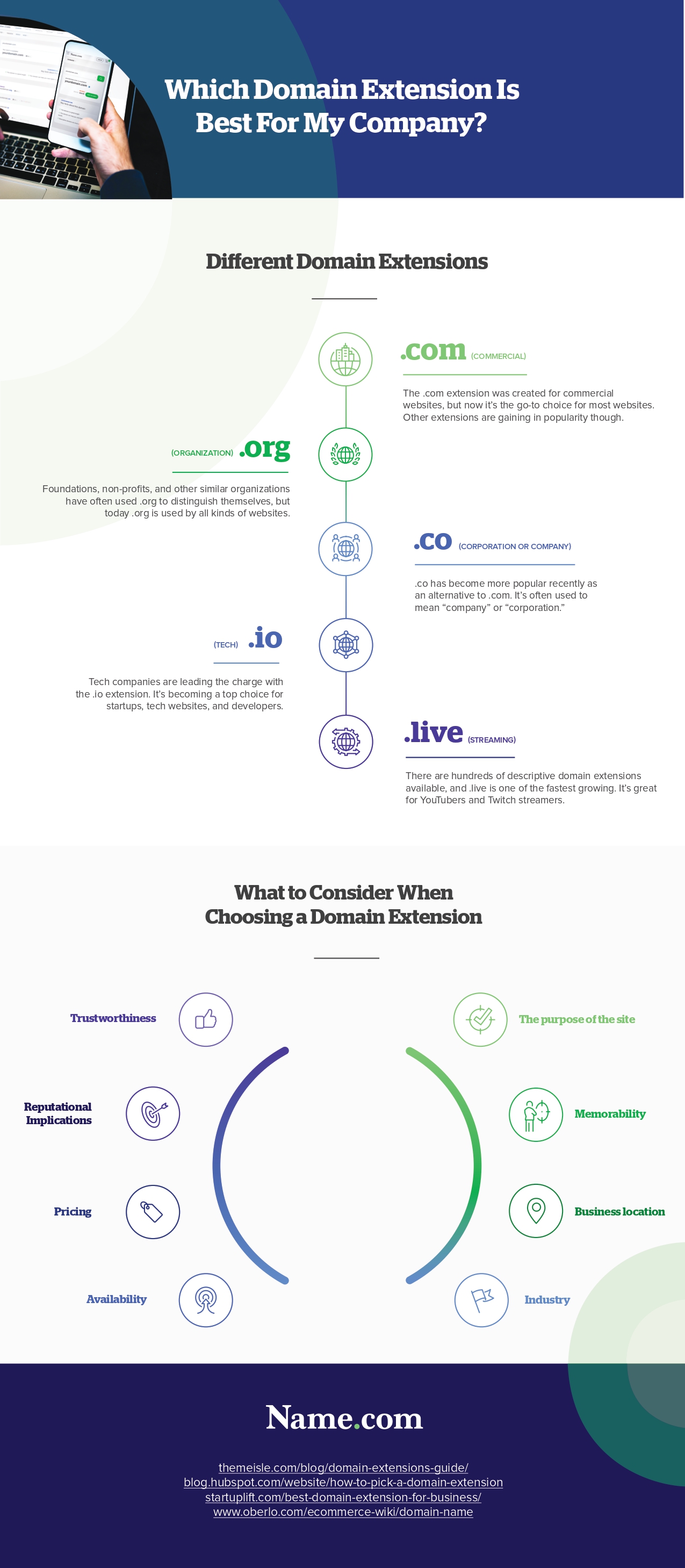How you present yourself online has become increasingly important in the visual and digital age. Your business needs a website that’s easy to navigate, visually appealing, and mobile-friendly to stay competitive.
And if you have an eCommerce site, you want to make it easy for customers to find what they’re looking for and make purchases quickly. That’s why many businesses choose to redesign their website from time to time.
But if you don’t have a plan before the project begins, there’s a good chance that your new site will not meet its objectives—or worse yet, create more problems than it solves.
We created this guide to help you create a successful website redesign project that transforms your business.
A step-by-step guide to planning a Successful Website Redesign
If you are planning on redesigning your website, here are some tips to help you create a successful and effective project.
Identify your Target Audience
Your ecommerce design website should be designed with your target audience in mind. This means that before you design, you need to identify your target customers and their needs.
To do this, try to answer questions like Who is my company selling to? What products or services do we offer? What is our competitive advantage over other companies in this industry? How can we use these answers to create a design that appeals specifically to our current customer base?
Set goals and objectives
Before you build your ecommerce website, you need to have clear goals and objectives. This will help you focus on what is most important and ensure that everything you do works towards achieving these objectives.
You can also use your goals to measure how well your website performs against them once it’s live (i.e., traffic levels, conversion rates).
Infographic Created By Name.com, A Leader of Google Workspace Subscription Offerings
Create a sitemap
A sitemap is a visual representation of your website. It shows all the pages on your site and how they are linked. This can be very useful when designing your ecommerce website because it allows you to see how everything fits together at a glance, so you miss nothing when creating your wireframes or mockups.
If you can’t create an effective sitemap, you can partner with an ecommerce web design company. They can help you create one and ensure it’s optimized for search engines, so it can help improve your rankings.
Don’t separate design from content.
Content and design are inseparable, so you should never forget that when designing your website. You must always keep the content in mind as you work on your ecommerce site because it will affect how people interact with it.
If someone is looking for a product and can’t find it easily on your site, they may buy nothing.
Create a Content Strategy
If you don’t have a clear idea of the types of content you want to include on your site and how they will work together, then you need to create a content strategy. This should include information about your target audience and the posts they might like to read.
It would help to consider which topics apply to that audience and which aren’t worth covering. Once you’ve done this, you can start thinking about how much content you will need to create and how often you want to post it. You can then establish a plan for creating that content and start working on it.
Determine your Budget
A website redesign can be an expensive proposition. It would be best to consider how much money you want to spend on the project and if you wish to hire an outside company or do it yourself. If you decide to go with a professional ecommerce website designing company, then make sure that they have experience creating websites for your type of business.
An excellent place to look is online reviews from other customers who have used their services before and see what they had to say about them.
Beta testing and launching the redesigned website
After the website has been redesigned, it is vital to perform some beta testing. This will help you identify issues with the website design before you go live.
It is also essential to ensure that all navigation links work correctly and that there are no broken links throughout your site. Once everything works properly, then launch the new site.
Conclusion:
A website redesign can be a daunting task, but it is something that you should consider doing. It can help to improve your website’s functionality and overall user experience. By following the steps outlined in this article, you will be able to successfully redesign your website and make it more attractive to visitors.

